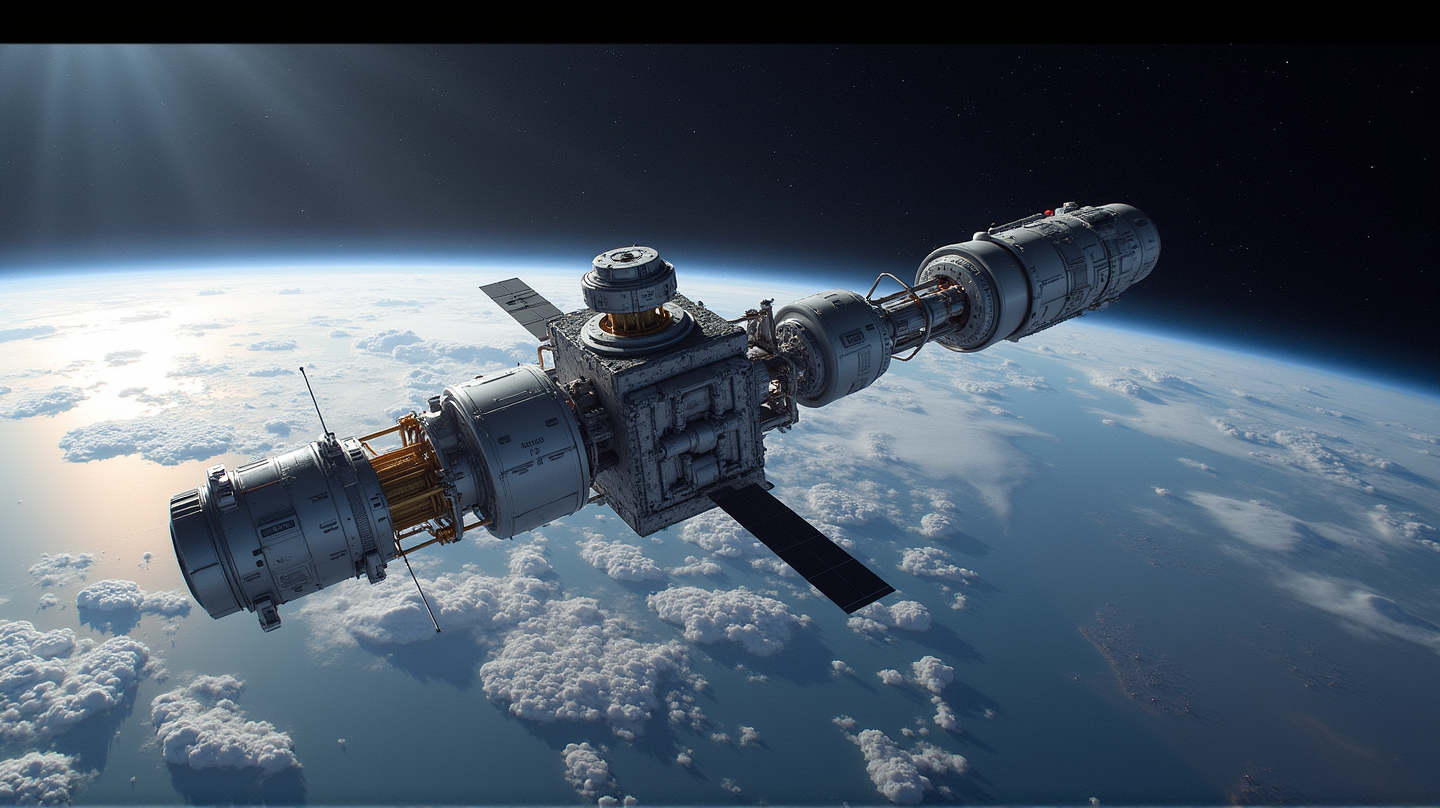China Aims for the Stars with Shenzhou XXI Mission Launch
China is poised to make history with its launch of the Shenzhou XXI mission, featuring groundbreaking experiments and the youngest astronaut.

China stands on the cusp of yet another monumental milestone in its space exploration endeavors. The Shenzhou XXI mission is set to launch three astronauts to the Tiangong space station, aiming to bolster China’s reputation for innovation and scientific research in orbit.
The Journey Begins
The liftoff is scheduled for October 31 at 11:44 pm from the Jiuquan Satellite Launch Center. Senior Colonel Zhang Lu leads the mission, joined by Wu Fei and Zhang Hongzhang. For Zhang Lu, it’s a return after 29 months, while Wu and Zhang Hongzhang embark on their first voyage to the cosmos. Wu, the youngest astronaut from the Chinese Astronaut Division, marks a historic moment as he flies into space, becoming China’s youngest person ever to do so. Meanwhile, Zhang Hongzhang brings valuable expertise in advanced materials and battery technology, holding the distinction of being the second civilian Chinese astronaut in orbit.
Docking with the Tiangong
Once launched, Shenzhou XXI will swiftly dock with the Tianhe core module of Tiangong, an operation set to take place within four hours. This maneuver is a dance of precision, driven by autonomous technology that keeps China at the forefront of orbital advancements.
Pioneering Scientific Ventures
Astronauts of the Shenzhou XXI mission are tasked with not just maintaining Tiangong but also spearheading 27 new research projects across various scientific fields. One intriguing experiment involves conducting the first animal study in space, focusing on rodents. This study aims to observe the effects of microgravity on the physiological and behavioral aspects of four specially trained mice. Their experiences in space will provide critical insights into stress responses and tissue adaptation in a unique environment.
Operational Milestones
The mission also holds several operational milestones, including spacewalks dedicated to installing debris shields and updating equipment. For these extraterrestrial chores, the crew will don second-generation Feitian extravehicular spacesuits delivered by Tianzhou-9. These state-of-the-art suits offer improved thermal comfort and performance, reinforcing China’s commitment to astronaut safety and operational efficiency.
Forging Ahead in Space Exploration
The Tiangong space station, complete with its Tianhe core and lab modules Wentian and Mengtian, is a symbol of China’s solo endeavors in space. With a total mass approximately 100 metric tons, this orbiting outpost continues to support China’s vision for a sustained human presence in space. Through routine crew rotations and cutting-edge research, China’s focus stretches beyond propaganda, spotlighting solid progress in space science and technology.
China’s advancements serve as a testament to its strategic focus on space capabilities. With every mission, they lay stones for a future where new frontiers of human endeavor become reality. As stated in Space Daily, this mission exemplifies an unyielding stride towards interstellar exploration, setting the stage for more complex journeys beyond low Earth orbit.

